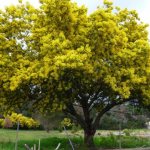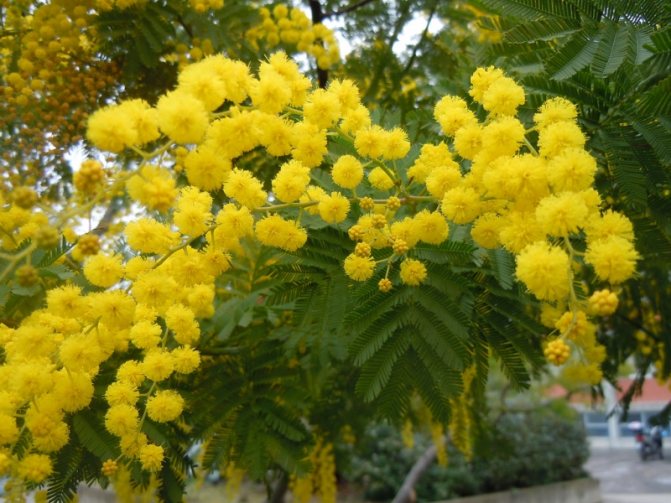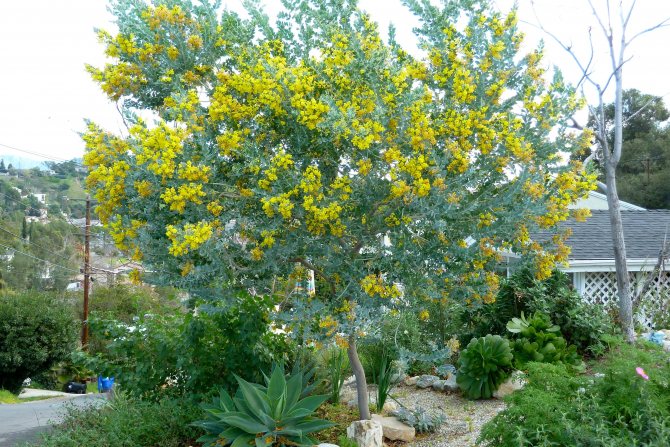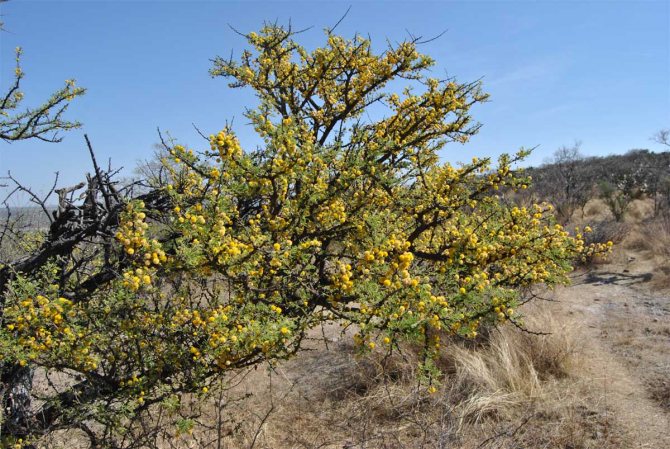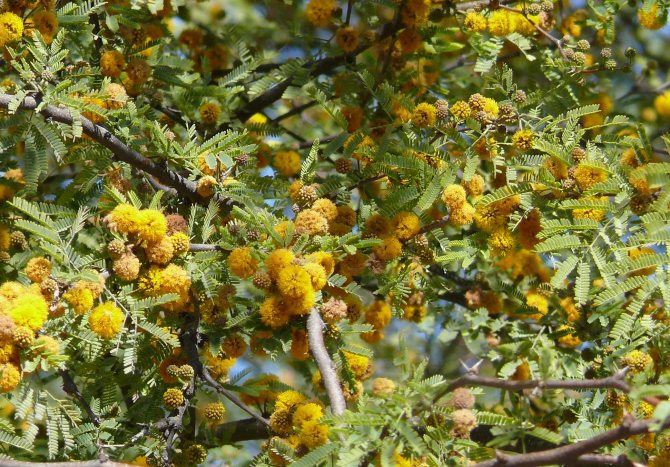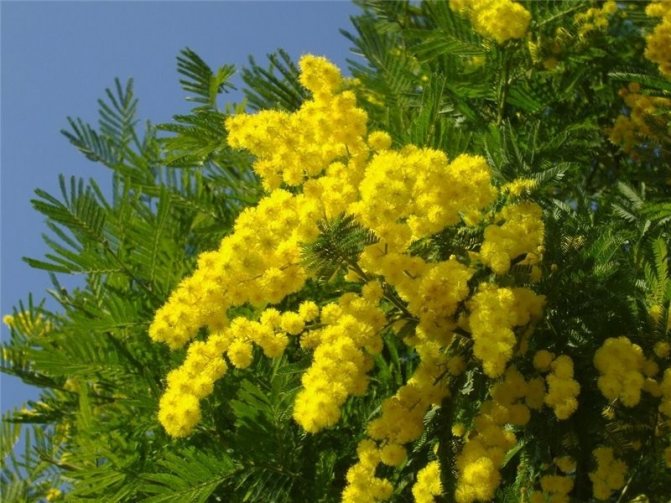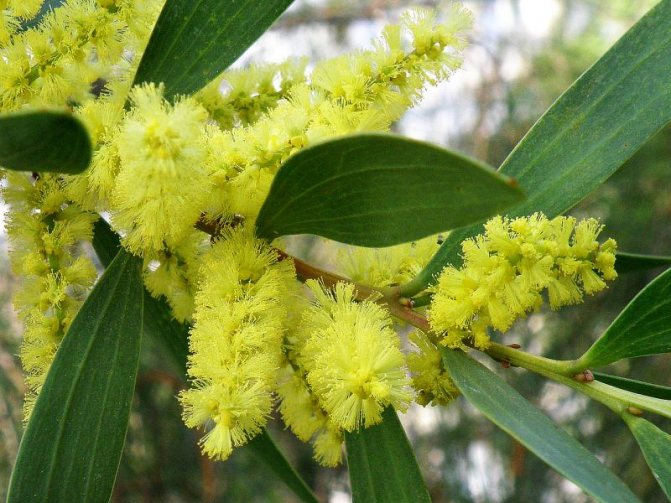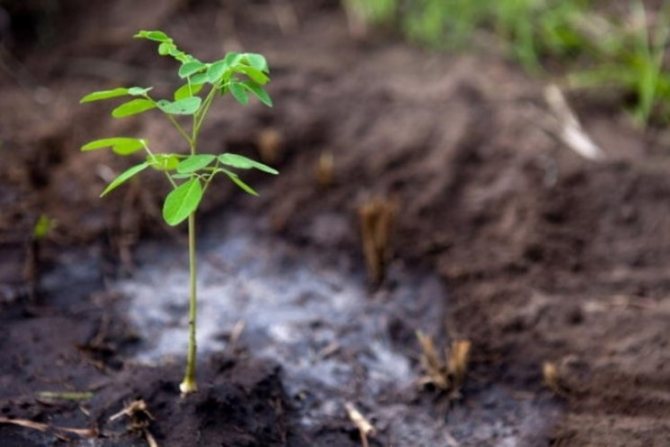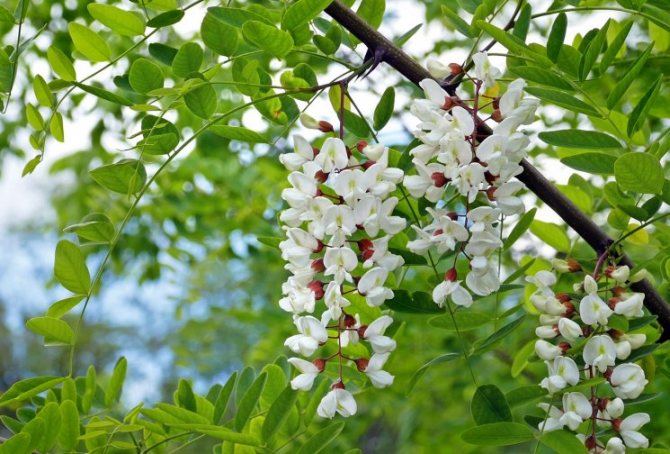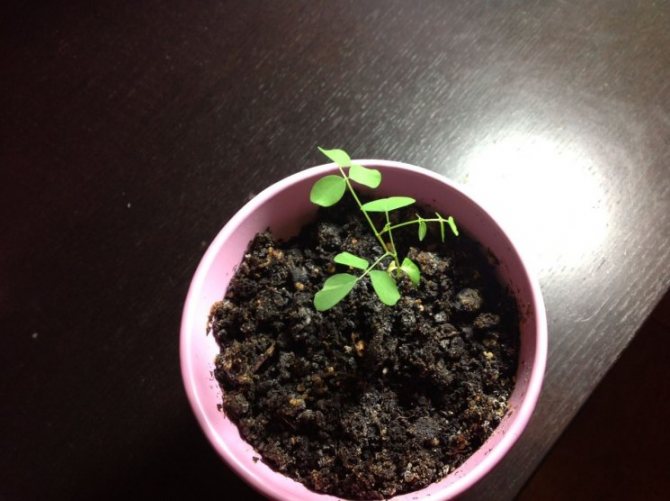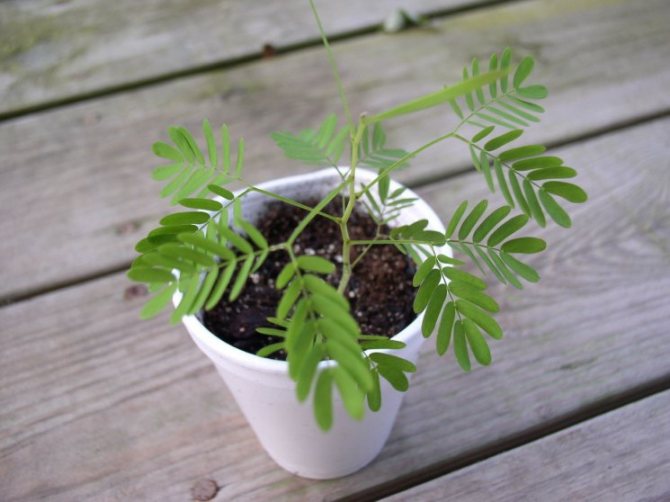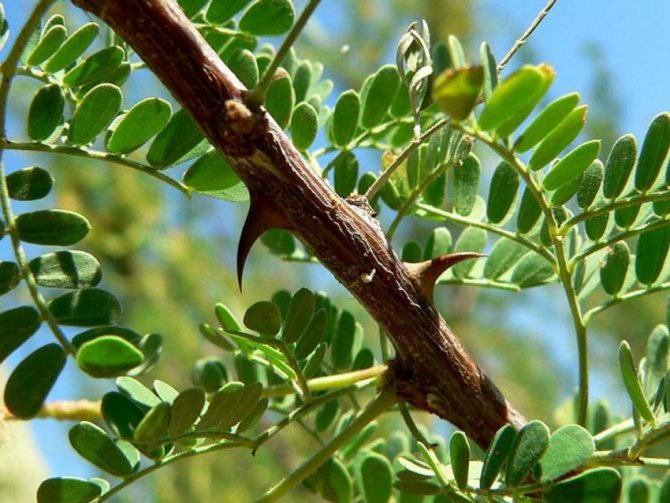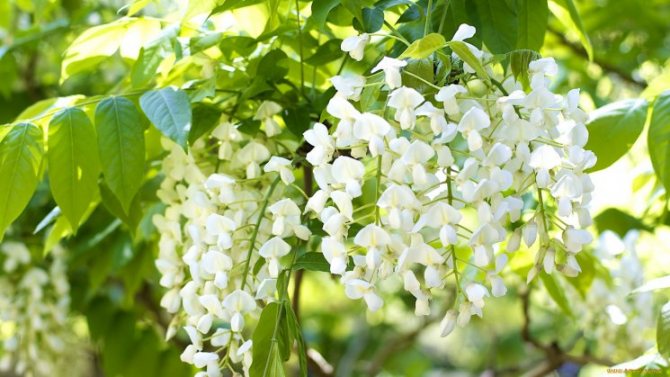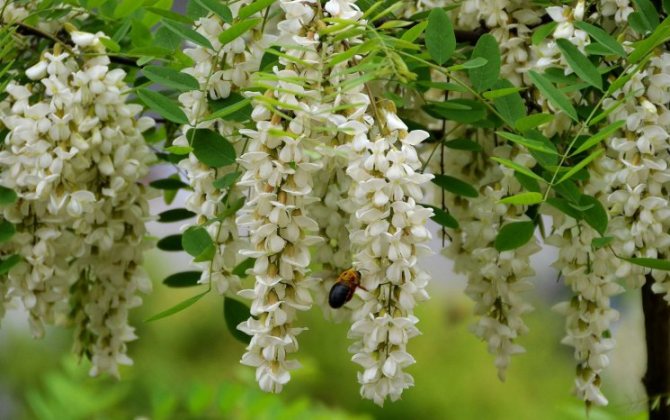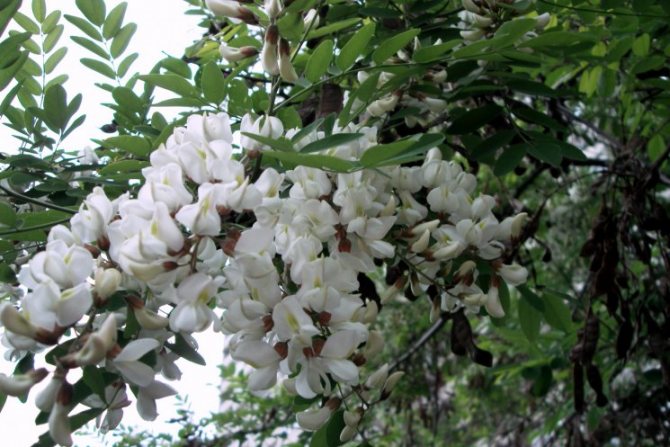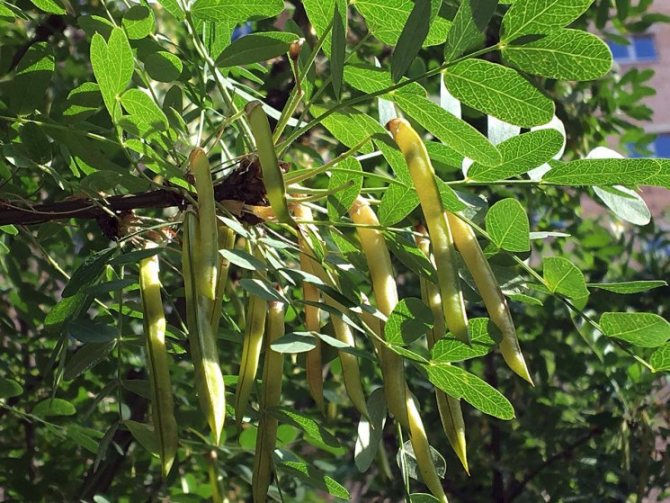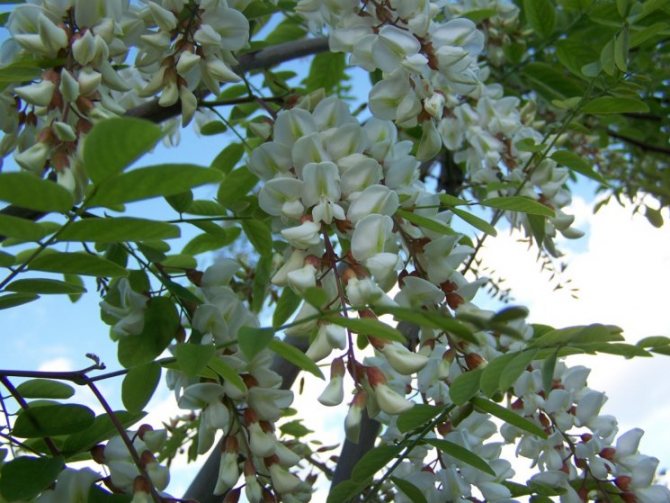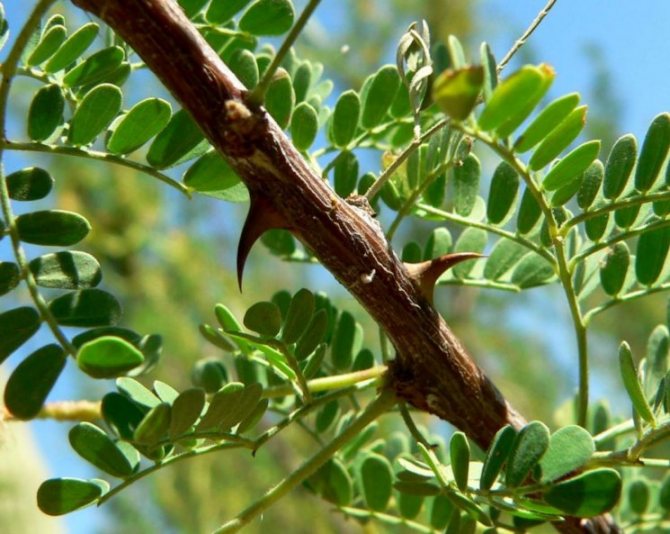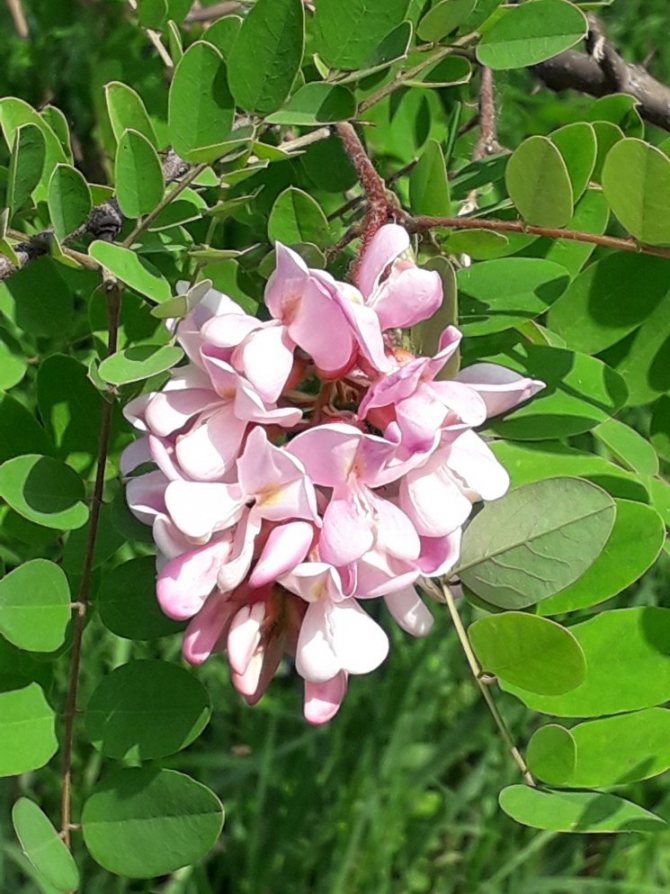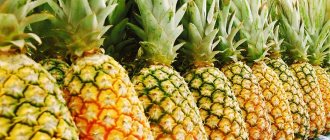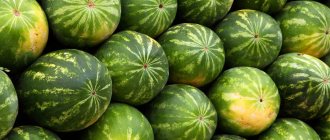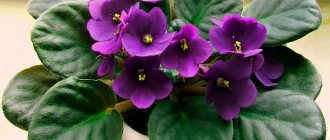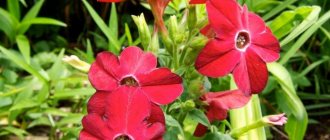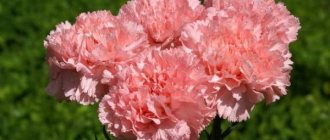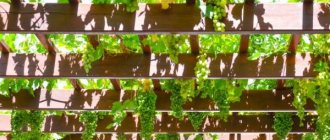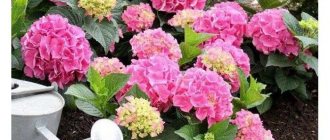
Each arrival of spring is associated with the scent of tulips and mimosa, the yellow branches of which hang down smoothly and delight with their rich color. Silver acacia - this is the name of the plant, which is popularly called mimosa. The native land of the evergreen tree is the coast of Australia, but nowadays it has taken root well in southern Europe and Asia. This plant is very unpretentious and under suitable weather conditions can grow up to 20 meters. An interesting fact is that the silver acacia in the first year can reach a height of 1 meter, which allows it to be classified as a fast-growing species.
Silver acacia (mimosa): features of the species
Silver acacia (Acacia dealbata) belongs to the Mimosa subfamily of the Legume family. A very thermophilic plant, with which, in the first place, the difficulties of growing it are associated.
In the wild, it grows in Australia and Tasmania. Distributed in the southern regions of Europe, South Africa, in the western regions of the United States, Madagascar. Since 1852 it has been cultivated on the Black Sea coast of the Caucasus. It is from there that in February-March it is brought to the countries of the former Soviet Union.
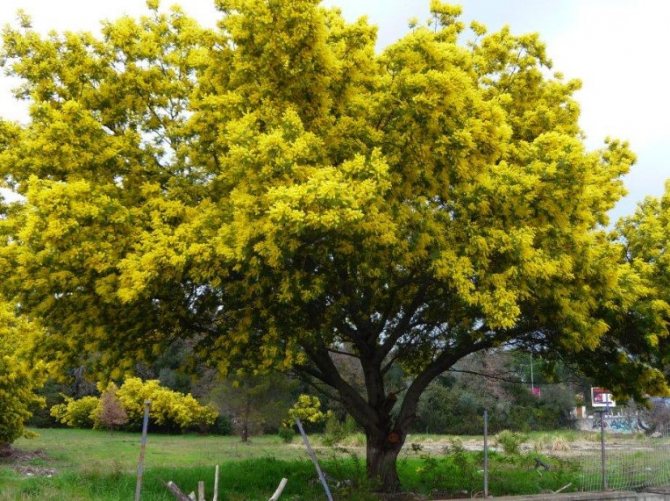

The plant is evergreen, reaching a height of 10-12 m. In the wild, there are specimens up to 45 m. The crown of the tree is spreading. The trunk reaches 60-70 cm in diameter.
Leaves pinnately dissected, 10-20 cm long. Consist of 8-24 pairs of small leaves. A gray-green bloom forms on them, which makes it seem like they are silvery in the sun - hence the name of the plant.
Acacia blooms from January to April with small yellow flowers, collected in heads in the form of balls with a diameter of 4-8 mm. Each head contains 20 to 30 flowers. In turn, the heads form racemose inflorescences, and the inflorescences form panicles. Blooms in the second year after planting.
The fruits of the silver acacia are beans, flat, oblong, brown, 1.5-8 cm long. Fruiting occurs in August-September.
Subject to temperature conditions, mimosa can be grown in the garden, in the greenhouse and indoors.
Did you know? Silver acacia has decorative, economic and medicinal value. It possesses valuable wood from which cellulose is made. Acacia essential oil is used in perfumery.
General information about the plant
Believe it or not, the acacia, which has long become dear and close to most of us, is an overseas alien. From time immemorial, it grows in tropical and subtropical latitudes - zones with a hot, humid climate. These are the territories of Australia, Africa, Asia, Polynesia. It is very simple to recognize the plant: its characteristic features include spike-shaped inflorescences of a white or yellow hue and bipinnate leafy leaves of a greenish-silver color.
Vegetable diet for weight loss
Acacia can be a tree that normally sheds its foliage in the fall, or it can be an evergreen shrub. The culture is a representative of the legume family, the genus Mimosa. The unusual name of the plant comes from the Greek language: from akis - point. Indeed, many species have acquired thorns during evolution. But this fact does not make acacia less attractive in the eyes of people.
Conditions for growing mimosa
From the description of mimosa and information about the climatic conditions in which it grows in the wild, it can be understood that the tree loves warmth and light.Without providing the plant with these two conditions, it will not work to achieve its normal development and flowering.
Lighting
If the climatic conditions at your summer cottage allow you to grow silver acacia in the open field, then for it you need to choose a well-lit area, sheltered from the winds.
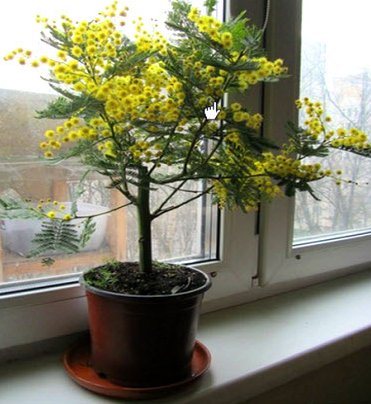

When grown indoors, mimosa should be placed near a south-facing window in a medium to large bright room. It is suitable for growing in well-lit hallways and stairways.
If the acacia lacks light, then it will not bloom. In winter, she needs to create additional lighting indoors - for four hours a day.
In summer, it is advisable to take the acacia out into the fresh air or on a balcony or terrace. However, this must be done after preliminary hardening, which is done by ventilating the room where it grows, avoiding drafts.
Temperature
Mimosa can withstand temperatures as low as -10 ° C. Therefore, planting it in open ground is possible only in regions with warm mild winters.
When grown in a pot, tolerates normal room temperature well. Feels comfortable at 16-18 ° C. In summer - at 20-25 ° С. In winter, it is advisable to move it to a room with low temperatures, but not exceeding -10 ° C.
Did you know? The plant is able to withstand a drop in temperature to 0 degrees, but only for a few hours.
Landing in a permanent place
After the seedlings have overwintered and grown up, another question arises before the florist: How to plant acacia correctly so that it can successfully develop and bloom for many years? To answer this question, you need to know what the requirements of this crop to growing conditions.
White acacia is undemanding to soil fertility and composition. It can be grown almost everywhere. For abundant flowering, it needs a well-lit place, it can grow in partial shade conditions, but in this case there will be much less flowers on it.
Tips for caring for silver acacia
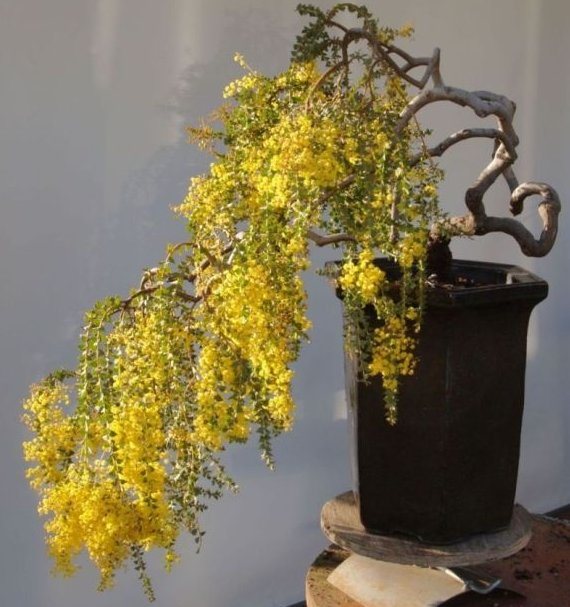

Silver acacia does not require much care and cultivation. It tolerates drought normally, does not impose requirements on air humidity, and can do without pruning.
When growing acacia in a container, it will need regular watering and feeding.
Watering
Watering mimosa is necessary once or twice a week. In winter, the amount of watering is reduced so as not to provoke diseases. In winter, it is recommended to water once every 10-12 days, when the topsoil dries up.
Acacia is not demanding to the level of air humidity, therefore, spraying is not necessary. Exceptions can be only on too hot days. To prevent the plant from getting too hot, it is sprayed in the morning and evening.
Important! Spraying is prohibited during the period when direct sunlight falls on the acacia leaves. Water droplets can cause burns.
Top dressing
You can feed acacia once or twice a month in spring and summer.
Liquid complex mineral fertilizers are suitable for her. No need to feed in winter.
Crown formation
The tree grows very quickly. Therefore, caring for silver acacia also means pruning it. The plant usually tolerates this procedure well.
It gives especially strong growth in spring and summer. In order for the crown to have a beautiful and lush appearance, after flowering, weak branches are cut off and those that create excessive thickening.
The branches of young plants are cut off, leaving a third. For old ones, they are shortened by half.
Pruning
Over the summer, silver acacia grows strongly. Thickening of the crown should not be allowed, since all the branches of light will not be enough, various diseases may appear in connection with this.Moreover, an uncut tree looks unaesthetic, unkempt, it needs a beautiful crown. The plant tolerates pruning painlessly. After flowering, the tree should be examined for the presence of weak branches growing deep into the crown, remove them, and shorten the shoots. After the summer season, pruning is performed again, all excess, thickening, weak shoots are removed, all others are shortened, a crown of the required shape is formed.
Proper care and timely thinning of branches is the key to the health of your silver acacia. Now we suggest that you familiarize yourself with its useful properties.
Formative pruning
Cut the lateral shoots of the mimosa at least in half immediately after planting. Do the same the next year, but only after flowering.
Sanitary pruning
At the end of the flowering period, trim the stalks. Perform rejuvenating pruning periodically, follow the procedure boldly - new shoots will not keep you waiting long, providing your shrub with eternal youth.
How to transplant
Silver acacia will grow well in fertile loose soils. When transplanting, it is necessary to prepare a substrate from the following components:
- leafy ground (4);
- sod land (2);
- humus (1);
- sand (1).
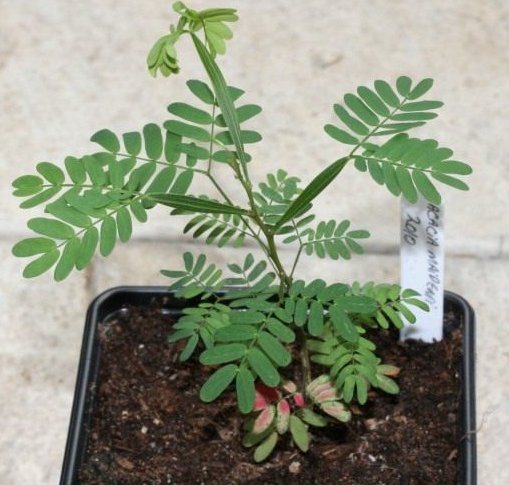

Young plants are transplanted once a year. Mature plants are transplanted every two to three years.
The plant must be replanted immediately after flowering. Since it is fast growing, it is necessary to select a spacious and deep container for it.
The maximum diameter of the container that mimosa will need is 60 cm.Then the plant can not be transplanted, only limited to replacing the topsoil.
Important! With each transplant, the diameter of the pot should be 2-3 cm larger.
Possible growing difficulties
The fact that she is missing something, or she suffers from any problem, mimosa will tell you about changes in appearance. So, the abundant fall of the buds will indicate that the tree does not have enough moisture and the earth is too dry.
Withering leaves indicates improper watering - the soil is either waterlogged or too dry. The leaves also wither when the acacia is planted in heavy soil. In this case, it will need to be transplanted into a new substrate in accordance with the recommendations.
The leaves of mimosa turn pale - which means that it suffers from a lack of light.
You need to either rearrange the silver acacia in a pot to a more illuminated place, or place it under a fluorescent lamp.
Important! If the plant has been in the shade for a long time, then it will be necessary to accustom it to a bright place gradually.
Too dry air and insufficient watering can cause mimosa leaves to dry out and turn brown.
If dark spots appear on the foliage, check the temperature in the room where the plant is located. It may be freezing or exposed to drafts. Also, the cause of this phenomenon may be any disease or lesion with a spider mite.
Diseases and pests
Improper care or unfavorable conditions can lead to the following problems with mimosa:
- Yellowing of the leaves. Usually associated with overflow and stagnation of water at the roots.
- Flying leaves. The most common cause is irregular watering, but too polluted air can also contribute to this.
- Lack of colors. Mimosa does not bloom when there is a lack of lighting or because of cold indoor air.
- Lethargy and stretching of the stems. A common sign of a lack of light.
Spider mites and aphids are considered pests of mimosa. A tick can be recognized by the appearance of a thin cobweb on the leaves, as well as their fall. Aphids, on the other hand, cover the stems and foliage with a sticky bloom. They should be dealt with with appropriate insecticidal preparations, repeating the treatment after a week.Mechanical methods of struggle will be inappropriate here.
Reproduction methods
Silver acacia reproduces in two ways: seed and vegetative (cuttings).
Seeds


Before sowing in January, acacia seeds require special preparation. They are soaked in warm water for a certain time, which will depend on the temperature of the liquid. If you place the seed in a container with water heated to 60 ° C, then you need to leave them there for a day.
It will take two days to soak the seeds in 40 ° C water. After that, the seeds are sown in a substrate of sand and peat. The connections may be different, the main condition is that the soil for sowing should be light.
Seedlings of acacia silver from seeds also germinate very quickly. After the sprouts appear, they dive into the soil, which should contain turf (1), leaf (1) soil and sand (0.25).
Cuttings
Cuttings of mimosa are carried out in the spring or in mid-late summer. To do this, use the apical stem cuttings or shoots that remain after pruning.
For rooting, they are placed in a peat-sandy substrate. In order for the cuttings to root well and quickly, they will need a temperature of 20-25 ° C and a high level of humidity. In order to create such conditions, the process of propagation of mimosa by cuttings can be carried out in a mini-greenhouse.
Destruction of a dense shell
Germinating grains is a very meticulous job. It is carried out so as not to destroy the embryo. At the same time, if you stop half way, then it is impossible to get the expected shoots. Experienced gardeners practice several simple operations:
- soaking in hydrogen peroxide;
- rubbing with sandpaper;
- piercing with needles.
However, scalding is considered the most successful way to grow acacia seeds. Put brown slices on cheesecloth and wrap them up. After the bundle is placed in a glass and poured with boiling water. They are kept in such a high temperature for only 4-7 seconds. The material is then quickly transferred into cold water. The contrast bath instantly cools the grain, preventing the death of the embryo. Thanks to this technique of the Little Humpbacked Horse, on the contrary, he wakes up.
For those who are afraid to carry out the proposed experiments, you can try putting the grains in a small sieve. And then in 3-4 passes, rinse with boiling water.

